
A massive 5,000-mile atmospheric river is barreling toward the West Coast, potentially stranding hundreds of thousands of travelers from Washington to California. According to NOAA and MSN Weather forecasts, the storm could bring torrential rain, mountain snow, and waves exceeding 20 feet.
Officials warn of widespread travel disruptions as what meteorologists are calling “the storm of the decade” arrives earlier and hits harder than is typical for October.
How a Storm Born in Asia Crossed Oceans
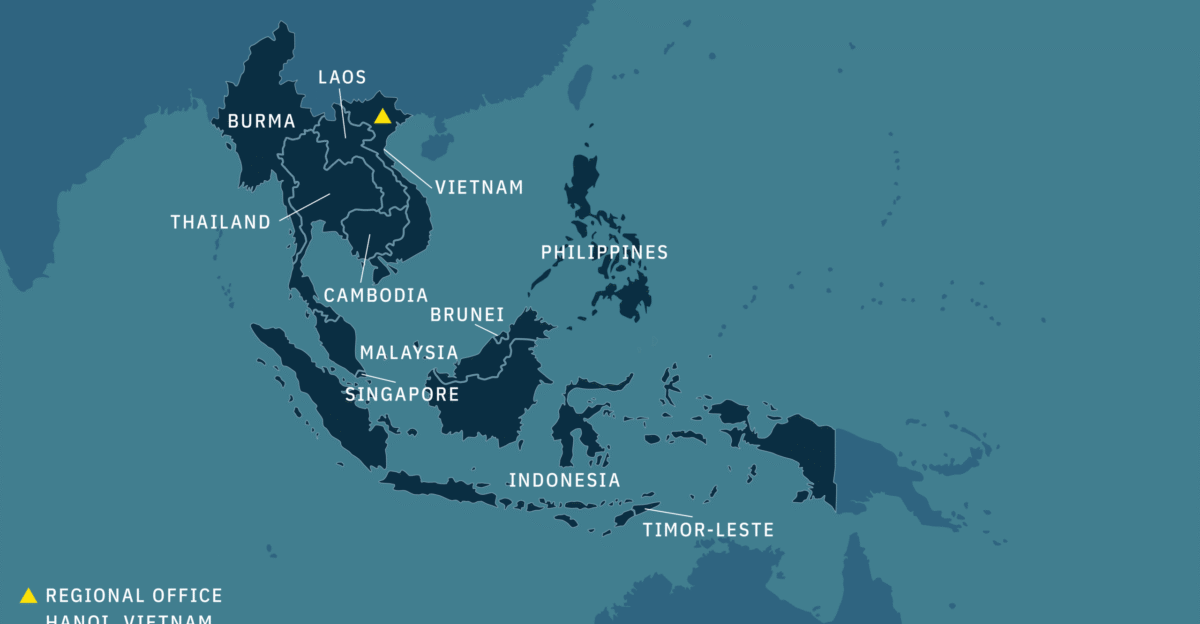
Meteorologists trace this system back to Southeast Asia, where the jet stream captured warm, moisture-rich air and pulled it across the Pacific. According to FOX Weather and the CW3E research center, such “atmospheric rivers” can carry more water vapor than the Mississippi River.
Ocean temperature shifts have intensified this one, setting the stage for a prolonged and powerful weather event on U.S. shores.
Grounded, Delayed, and Stuck

Airports across Seattle, Portland, and San Francisco are preparing for significant delays and cancellations. According to preliminary FAA updates, hundreds of flights could be affected if conditions mirror past atmospheric river events.
State transportation officials warn of possible highway closures due to mudslides and flooding. The week ahead may bring long waits and uncertain detours for travelers heading home or on business.
Airlines and Restaurants Brace for Crowded Terminals
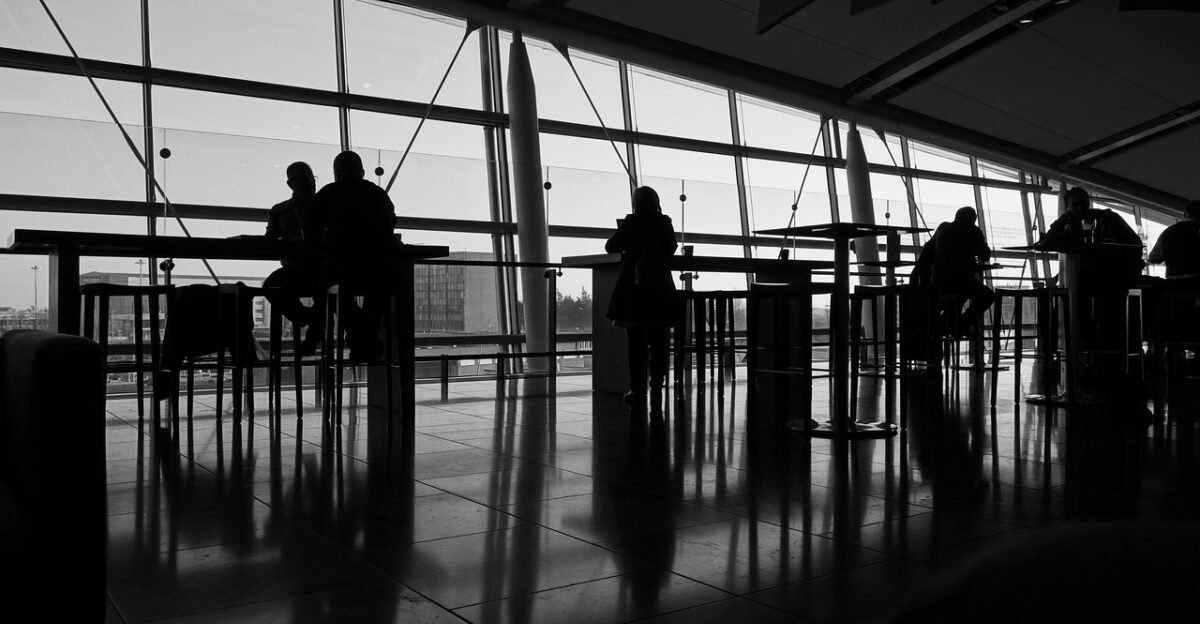
As storm warnings expand, major airlines like Alaska and Delta have issued travel waivers and begun rebooking passengers. MSN Weather reports that fast-food outlets and airport cafes are stocking extra supplies for stranded travelers.
Local airport authorities say they’re coordinating with emergency services to manage larger crowds and ensure that basic needs are met as the storm bears down.
Rental Cars and Rideshares See Early Demand Spike
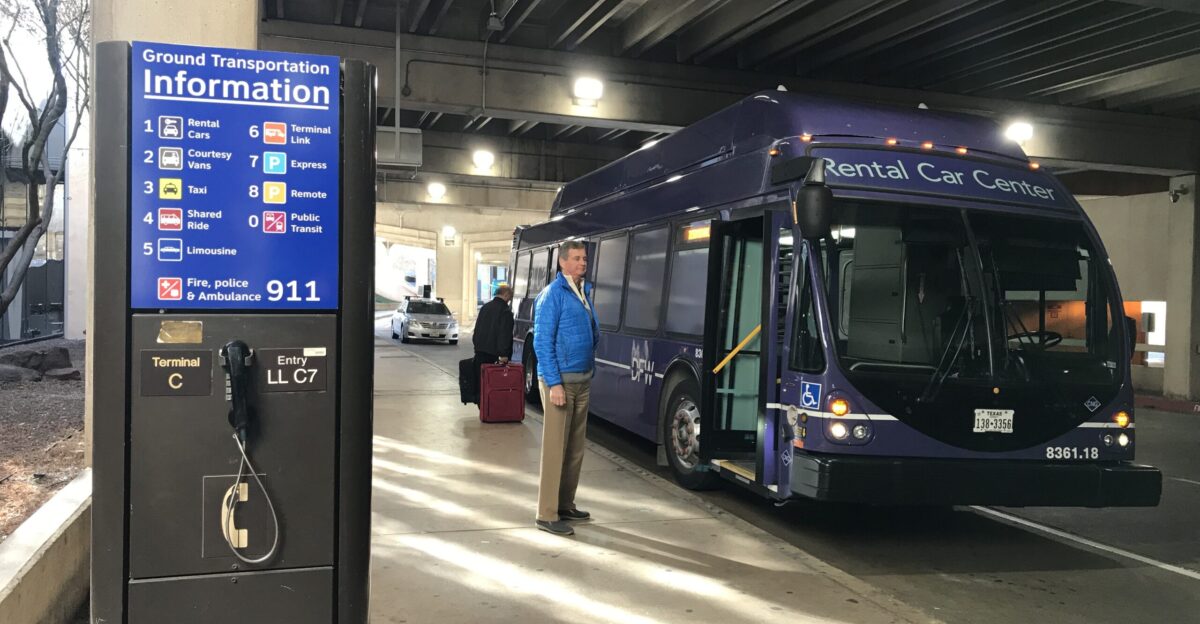
With forecasts pointing to flight disruptions, travelers are already booking rental cars and rideshares as backup plans. According to FOX Weather, car agencies in Seattle and Sacramento have seen higher-than-normal reservations.
Rideshare drivers report heavier traffic and longer waits, especially around airports. State transit agencies are urging patience as train and bus services brace for weather-related slowdowns.
Ports Slow as 20-Foot Waves Approach
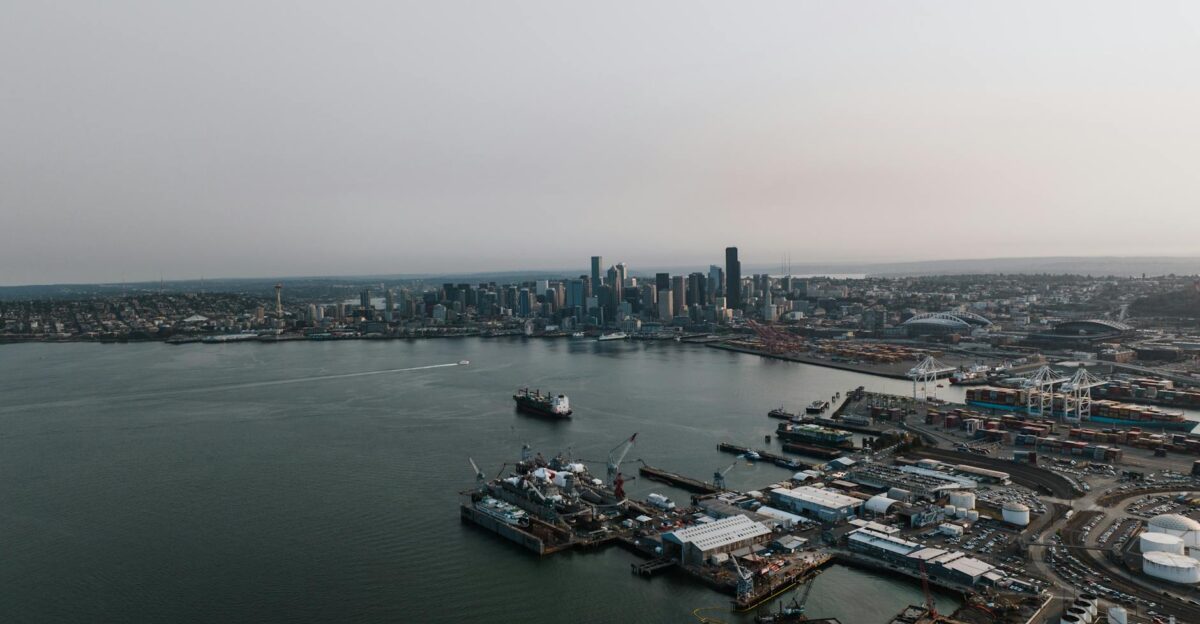
NOAA forecasters warn that extreme waves and flooding could disrupt cargo operations at ports from Seattle to San Francisco. Officials say ships are preparing to anchor offshore until the seas calm.
According to CW3E meteorologists, delays could impact produce, electronics, and apparel shipments, adding temporary strain to global supply chains during the pre-holiday shipping rush.
Sleepless Crews and Volunteers Prepare for Impact

Airport staff, emergency responders, and tow truck operators prepare for around-the-clock work as the storm intensifies. Local officials told FOX Weather that sandbag stations are open and shelters are being readied for stranded travelers.
Volunteer groups are also on standby to distribute blankets, food, and bottled water, part of a growing community response to what could become a multi-day event.
Governors Mobilize as States Brace for the Worst
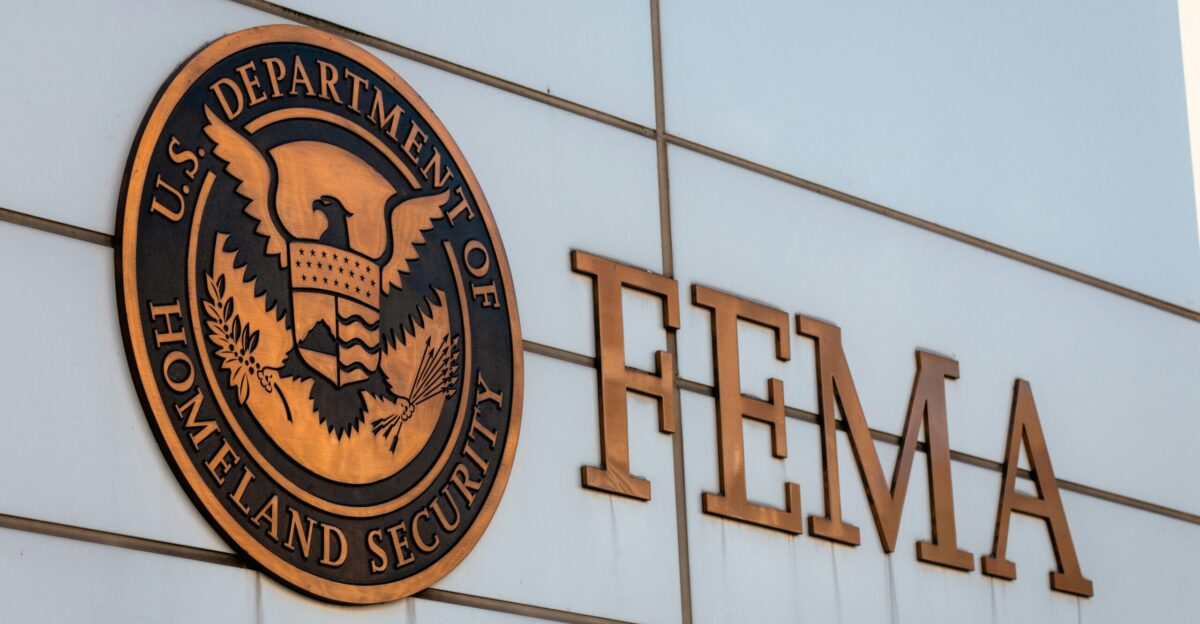
According to state briefings, the governors of Washington, Oregon, and California have activated emergency protocols. The National Weather Service has issued flood watches across multiple counties, and FEMA has begun coordinating with local agencies.
Officials say the priority is safeguarding power grids, transportation routes, and vulnerable communities before the full brunt of the storm arrives midweek.
Price Pressures Rise as Supply Chains Brace for Delays

Economists say storm-related transportation slowdowns could increase prices for groceries, gas, and consumer goods. According to analysts interviewed by FOX Weather, flooded routes and shipping delays tend to increase delivery costs that eventually reach consumers.
Though temporary, the ripple effects could compound inflation pressures already facing West Coast households.
Retailers Adjust Routes to Keep Goods Moving
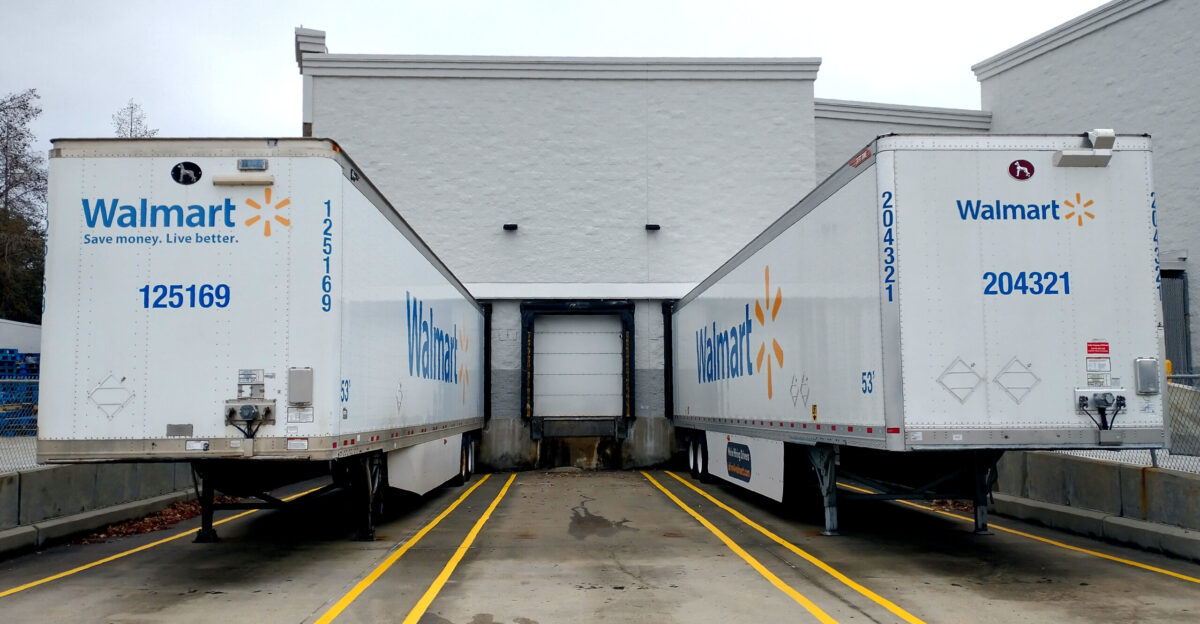
Retailers like Walmart and Safeway have begun rerouting trucks and rescheduling deliveries ahead of the storm. MSN Weather reports that online retailers are alerting customers to potential shipping delays.
Stores in flood-prone areas prioritize emergency supplies like water, flashlights, and nonperishables as logistics managers race to minimize disruption before major roads are submerged.
Hotels Turn Into Temporary Havens for Travelers

With hundreds of flights at risk, hotels near major airports are preparing for an influx of stranded guests. According to the American Hotel & Lodging Association, rooms in coastal cities are booking fast.
Restaurants are extending hours and offering limited menus to accommodate travelers waiting out the storm, which experts say could linger for several days depending on wind patterns.
Farms and Feed Disrupted as Rivers Overflow

Farmers across Washington and Oregon are bracing for flooding that could damage crops and delay harvests. CW3E meteorologists note that saturated soils may increase runoff and impact livestock feed supplies.
Local agricultural agencies are monitoring fertilizer and pet food shipments, warning that even short delays could strain rural supply chains dependent on timely deliveries.
Global Supply Delays Begin to Show Overseas

International logistics firms tell FOX Weather that shipments awaiting offload at U.S. ports are already affecting overseas markets. Weather-related slowdowns are delaying electronics and apparel shipments bound for Asia and Europe.
Analysts say this is another reminder of how closely global trade depends on Pacific port stability and how quickly a regional storm can ripple across continents.
Health Officials Warn of Flood-Related Risks
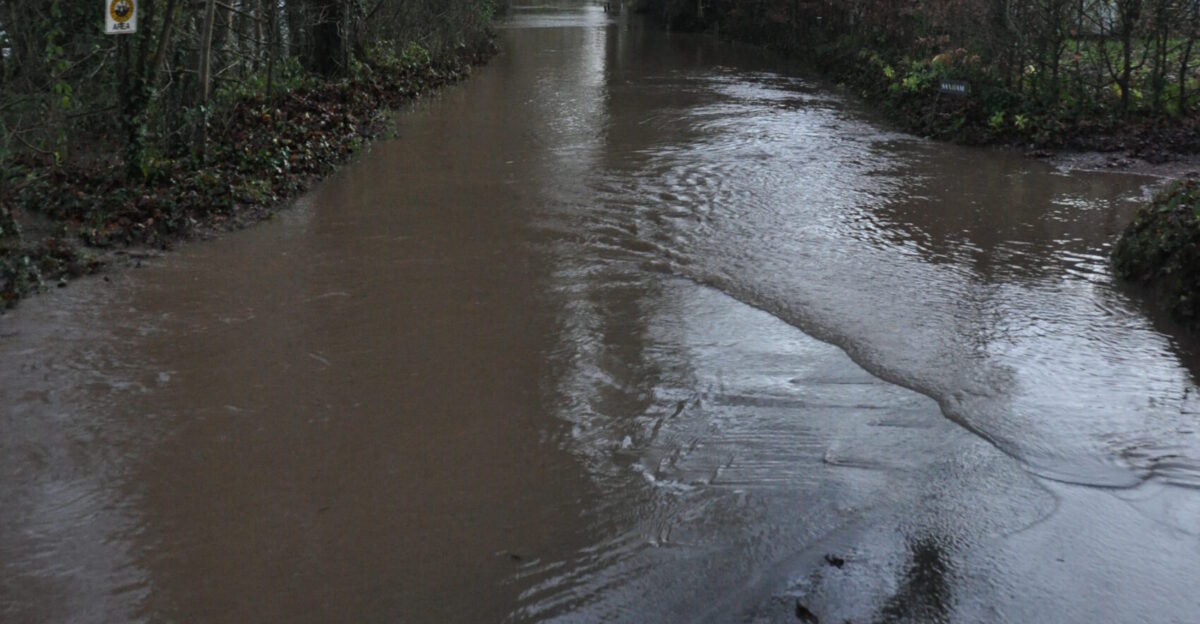
Public health agencies across the West Coast are warning residents about potential water contamination and power outages. According to MSN Weather, heavy rainfall can overwhelm sewage systems, increasing the risk of waterborne illness.
Doctors urge residents to boil water, charge medical devices, and check on vulnerable neighbors as conditions deteriorate. Safety, officials stress, begins with preparation.
Climate and Infrastructure Debates Rekindled
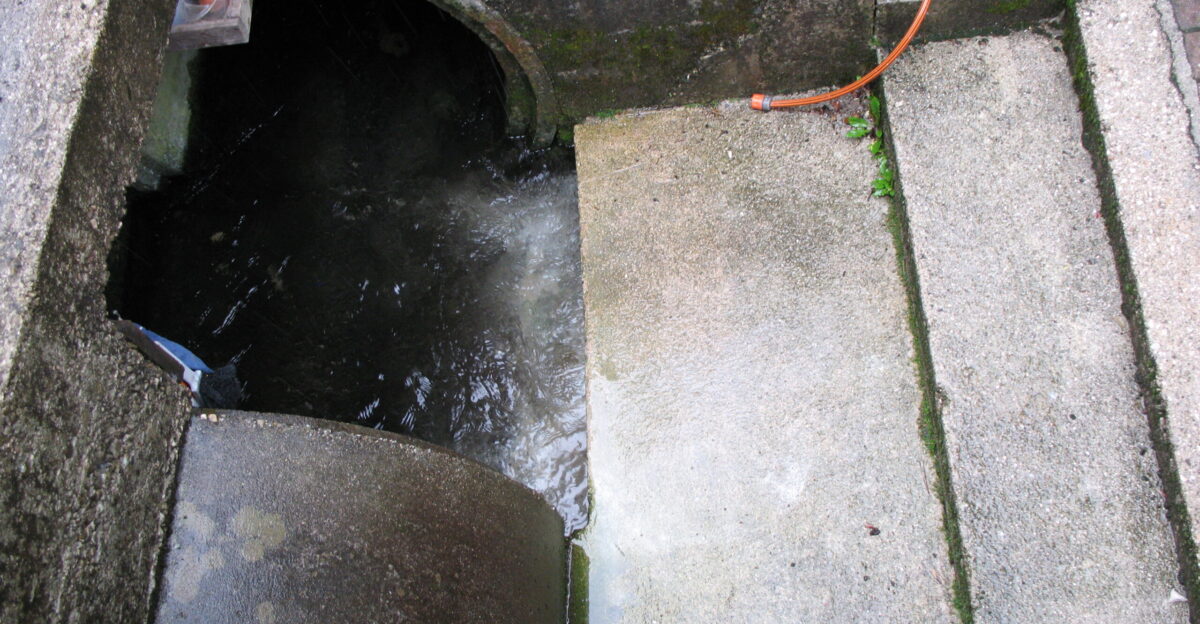
The incoming storm has reignited debate over climate resilience and public infrastructure. Environmental groups told FOX Weather that aging levees and stormwater systems leave cities exposed to flooding.
State officials have argued that modernization projects are underway, but these take years to complete. The storm, many say, is a test of how well these early investments can stand up to nature’s new extremes.
Who Wins and Loses When Weather Turns Violent

While airlines and farmers face steep losses, other sectors are seeing demand spikes. According to MSN Weather, hardware stores, gas stations, and repair services often experience brief sales booms during severe weather.
Lost shifts and spoiled inventory can be devastating for small businesses and low-income workers. They remind us that disasters don’t hit everyone equally—financially or otherwise.
Investors Watch Transport and Insurance Stocks Closely

As the storm advances, markets are eyeing transportation, insurance, and infrastructure stocks. FOX Weather reports that analysts expect short-term losses for airlines but potential gains for construction and emergency supply companies.
Some investors are shifting portfolios toward climate-resilient sectors, signaling how even a regional weather system can shape Wall Street sentiment overnight.
How to Prepare Before the Storm Peaks

Experts urge residents to take precautions early. NOAA advises checking flight updates, charging devices, and securing outdoor furniture that could become debris in high winds. Travelers should pack essentials—water, snacks, and chargers—and monitor local advisories.
Officials stress that preparation isn’t overreaction; it’s the best defense against unpredictable weather events that can escalate rapidly.
Meteorologists Urge Vigilance
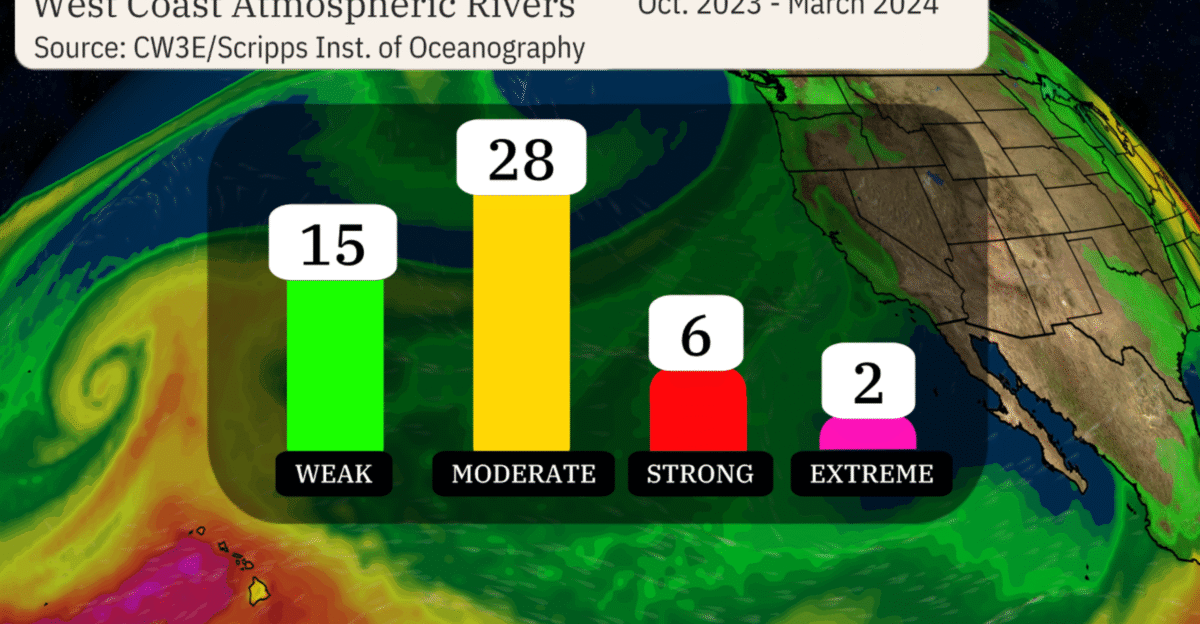
Meteorologists warn that this system may only be the first in a series. CW3E forecasters say additional atmospheric rivers could reach the coast in the coming weeks, part of a larger Pacific pattern tied to warm ocean currents.
Communities are encouraged to use breaks between storms to recover and reinforce critical infrastructure before the next round of heavy weather.
Rebuilding and Reflection After the Storm

As the skies clear, the true cost of the 2025 atmospheric river will become clearer. According to MSN Weather, recovery efforts will stretch across transportation, housing, and trade.
Many say the storm offers a lesson in adaptation of how preparedness, communication, and coordinated response can turn a crisis into resilience. For the West Coast, rebuilding may start before the rain even stops.